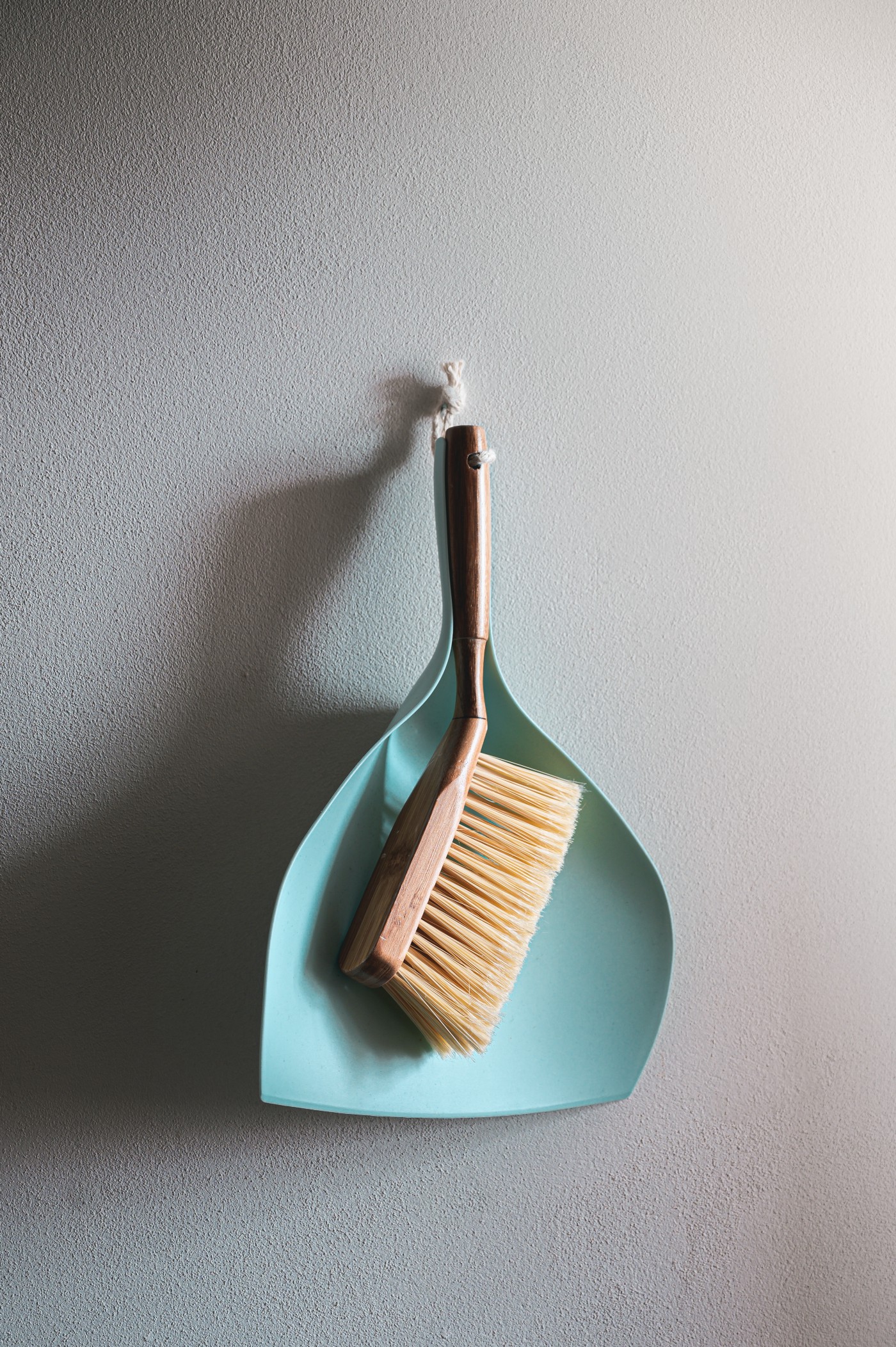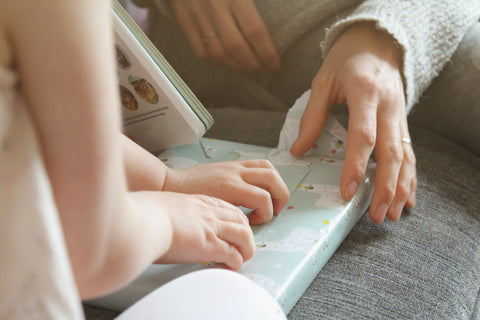After months in the cold, spring is already around the corner, and it’s time to clean. When you think of spring cleaning, what do you think of?
- Dusting fans and lights fixtures in the house
- Scouring your refrigerator with a scrubber brush
- Washing the thick blankets that kept you warm all winter along
- Clearing out your garage packed with tools and winter gear
The list alone is enough to make you feel tired, much less starting to clean. Who started this tradition of spring cleaning anyway and why do we do it?
When and why did spring cleaning become an annual tradition?
Spring cleaning began centuries ago, but continues today for people all over the world. In the old days, homes were covered with dust, soot, and grime after months of burning coal and wood to stay warm all winter long. When the spring came around, it was warm enough to stop heating the home. Since soot and dust covered portions of the home, families needed to deep clean.
Now that we’re done living through winter (even though California doesn’t have one), cleaning is a must to refresh your space and streamline your year. Spring cleaning doesn’t have to take forever, and you get it done fast by doing one thing first.
Make spring cleaning easier: Declutter first.
Spring cleaning takes enough time out of your day. Don’t waste your precious time or energy taking care of items that don’t serve you anymore and declutter first.
The major benefits of decluttering before spring cleaning:
- Spend less time cleaning items you don’t want or need — Give your old items to a neighbor or friend who will love them (and clean them).
- Save space and have more room for items you truly love — Say goodbye to the old, scratchy sweater that’s been sitting in the back of your closet for years and have more space for the jacket you love.
- Save money by taking stock of exactly what’s in your home — No one needs 15 pairs of scissors in their home.
- Fresh start and refresh to your space — Come home to a relaxing space that you can truly unwind and rest in.
Actionable Steps and Tips to Decluttering with Ease
Decluttering doesn’t have to be hard. Here are some of our favorite tips from our professional organizing team to declutter with ease.
Tip # 1: Pick a place to start
Starting can get overwhelming, but it doesn’t have to be. You just have to pick a place and start.
Here is a list of places you can choose from:
- Living room
- Bedroom
- Bathroom
- Garage
- Home Office
- Kitchen
- Pantry
- Junk Drawer
And yes, you can start your declutter journey with a space as small as a junk drawer. The goal is to pick a place and get started.
Tip #2: Take everything out
Reach to the back of those deep cabinets and drawers and take everything out so you can see all you own in a glance.
Remember — hidden items will stay hidden if you don’t bring them to light.
During this phase, don’t think about what you want to keep or discard just yet. That’s in tip #3.
You just want to focus on taking everything out first.
Once you have it out, put it into ONE pile in ONE chosen room. When taking all things out, categorize like with like so you can find what you have or extra items.
Some categories include:
- Clothes
- Books
- Shoes
- Art supplies
- Cleaning Supplies
Our team loves this step, because it gives us a blank canvas to start from and saves time by going through all the items at once.
Tip #3: Have boxes and bags ready to separate into piles
After you’ve taken everything out and put it all in one place, you’re ready to start sorting.
I recommend having four boxes to start your decluttering process.
You don’t have to go out and buy boxes for this step — remember, our approach is to reduce clutter, so an existing laundry basket, empty cardboard boxes, or old bins around your house work too.
The four piles/boxes include:
- Keep — Things you cherish and need
- Donate — Things that still work, but you no longer love or need
- Trash — Things that won’t be of use to anyone or things that are broken, expired, unusable
- Maybe — Things you don’t feel sure about keeping or tossing out
There can be a lot of pressure in choosing what to keep or toss out.
By having a maybe box, the decluttering process won’t be as daunting. But with that said, use the maybe box with caution; you don’t want to have a full maybe box without anything in the discard box.
Chances are, if you haven’t used an item in 2+ years, you won’t need it.
SHiFT™ bonus tip: Store items from a maybe pile for a year — labeled with a date — and if you don’t use the items within the year, you can confidently recycle, donate, or discard them.
But, how do you know which items go where?
For many of our clients affected by chronic disorganization, they have a hard time deciding what to keep or toss. Our team guides you through the process by talking through your emotions toward your belongings. We lead with questions that are inspired by the SHiFT™ method.
Here are some of the questions we ask that you can ask yourself.
- Social — Does this item enhance my social life?
- Health — Does this item lead me to a healthier life?
- I am deserving — Does this item help me feel deserving?
- Finance — How does this item affect my finances?
- Time — Do I love spending my time using and taking care of this item?
SHiFT™ bonus tip: you can also ask yourself these questions before a purchase to prevent clutter from sneaking back into your home.
Tip #4: Use Post-it notes to help you visualize your space before committing
After you’ve categorized, it’s time to put things back into place.
An easy and commitment-free way to visualize where your items go is by using Post-it notes.
If you can’t move large items without help, like many of our aging clients, this tip is a must since paper is easy to move around.
Put Post-it notes where you think you want to place your items.
For example, books, photo frames, decor, etc. Write ‘books’ on your sticky note and put it in the place where you think that item would look best and/or be most useful.
Once you put all your Post-it notes up, leave the room for a bit and come back in with fresh eyes. If you like what you see, move things to their Post-it place. If something feels off, change the Post-its around until you’re happy with their placement.
Bonus tip: If you don’t have Post-it notes, cut up a few pieces of paper and use tape — same results and cost efficient.
Tip #5: Have a cloth ready to dust as you put items away
This is simple and easy to do.
Even though you aren’t cleaning yet, having a cloth as you look through items can help you cut time during the cleaning process itself.
When you find items that have collected dust over the years, you can give them a quick wipe and bring them back to life.
Tip # 6: Decluttering doesn’t have to happen in one day
Don’t put too much pressure on yourself to finish decluttering in one day.
Deciding to part with your belongings is challenging and a process — so don’t feel rushed or mad at yourself for taking your time.
Sure, you can quickly declutter and get on with your day, but if you don’t take your time to ask the right questions and address the relationship you have with your items, your habits to clutter can creep up again.
And don’t forget to celebrate your small wins along the way.
Tip #7: Hire a Professional Organizer
The quickest way to get long lasting and meaningful results without feeling overwhelmed is to hire a professional — and you don’t have to do it all by yourself.
You’ve tried decluttering yourself many times already and have fallen back to old routines. It’s time to get the results you deserve for the life you deserve.
Decluttering on your own can be frustrating and tiring, but when you work with us, we’ll lead you through the entire process. Having someone with expertise and compassion to guide you makes the process easier, and dare I say it — fun!
If you or your family member is affected by chronic disorganization, ADHD, or aging, that’s even more reason to get help from a seasoned professional who has over 7 years of experience.
Have your space decluttered, organized, and ready for spring.
Schedule a call with me today so we can get your home — organized and clutter-free this spring.
Warmly,
Jen




[…] CPO goes to your home and helps you declutter, sort, organize and order your belongings. They can help you if you’re situationally disorganized, which means […]
[…] Chronic disorganization (CD) occurs when disorganization has persisted for over a long period of time and disrupts your quality of life. No matter how many times you tried to get organized by yourself or with the help of others, nothing has worked. If this sounds like you or your loved one, a CPO-CD can help. […]